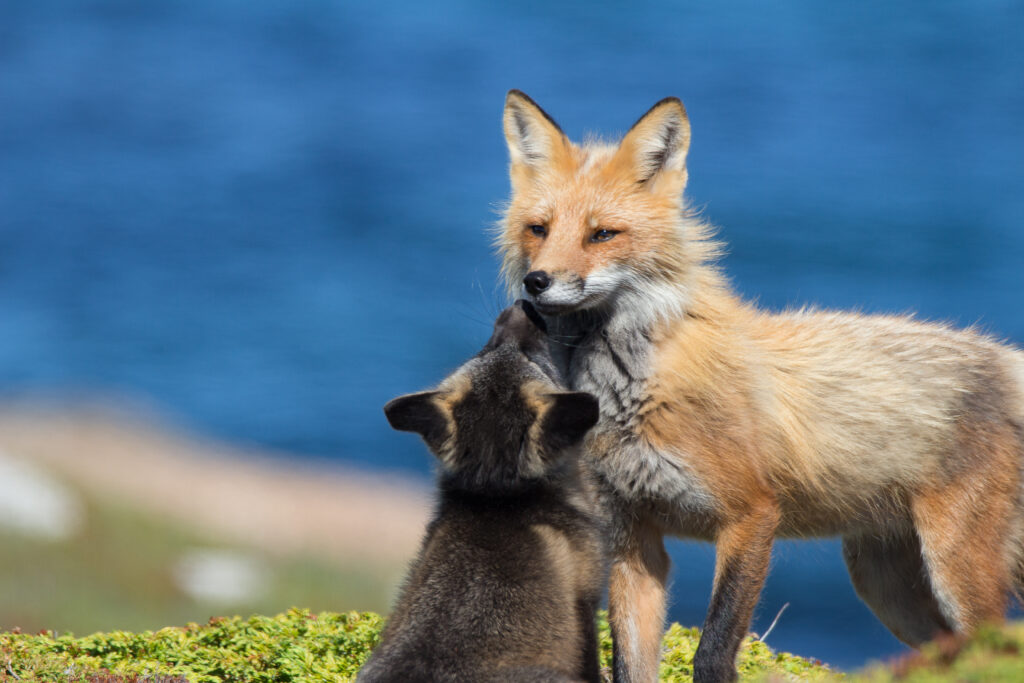
By: Tavian Campbell
While foxes have been labeled as pests and enemies of man in many settings, they play an important role in maintaining ecosystem health. A healthy ecosystem exists when there is a balance amongst its constituents. An entire system could collapse following the absence of just one species.
Many foxes exhibit carnivorous behavior, such as the Tibetan Sand Fox, the Simien Fox, and the Kit Fox, feeding on small prey such as rodents, insects, and reptiles. This feeding behavior keeps prey populations under control. Without the presence of predation these species could grow to dangerous levels that can overwhelm and deplete the resources of an ecosystem. This phenomenon can have a cascading effect, resulting in the disruption and erasure of many other species. Due to the risk of this phenomenon, the presence of carnivores like the fox is necessary for the balance of the food web and ecological systems.
The regulation of small, predominantly herbivorous, species provides benefits to plant communities as well by preventing the occurrence of overgrazing. Some foxes have frugivorous tendencies, meaning they consume fruit, this type of feeding behavior aids plants via seed dispersal. Pampas foxes, Sechuran foxes, and Swift foxes have all been identified as omnivores who occasionally eat fruit. The seeds are transported to other areas via fox excrement, allowing plants to take roots in other areas with little effort. The burrowing activity performed by Arctic, Red, and Desert foxes can serve as homes for other animals such as marmots, rabbits, badgers, and other foxes. By digging their dens foxes may also benefit soil productivity by aerating the soil.
In a more urban context, the predation of rodents serves as a form of pest control, such as decreasing the abundance of rats in city areas. In rural communities foxes feed heavily on rodents and other animals that can be considered pests to farmers’ crops including fawns with impressive breeding capacities like the muntjac in Britain. Red foxes specifically are linked to studies that purport the foxes’ predation on rodents prevents the spreading of Lyme disease attributed to wild tick populations. Lyme disease is the most common tick-borne infectious disease in the United States. It is transmitted to humans through the bite of infected black-legged deer ticks. Healthy fox populations generate a benefit for public health by decreasing the population of infected rodents, limiting the chances of public contact with infected ticks.
Foxes also provide food chain balance by serving as competition to other predators, thereby presenting population control to other carnivores. Foxes provide balance to other carnivores by providing them energy. Common predators of foxes include coyotes, wolves, wild dogs, other foxes, and aerial predators like owls, eagles, and other large raptors.
Some species of fox such as the Bengal and Blanford’s foxes are generally not fearful of humans. While this may leave them vulnerable to human traps and violence, their lack of aversion to humans may serve as a means to increase our understanding of these animals and other similar species. Being able to observe and interact in close proximity with these animals may present many opportunities to conduct research and develop coexistence projects.
All animals in this world provide some balance to natural systems. Due to the important role fox species play globally, preserving them is crucial to ecosystem survival. If humans wish to continue to benefit from nature’s gifts we must continue to protect ALL of its inhabitants.
